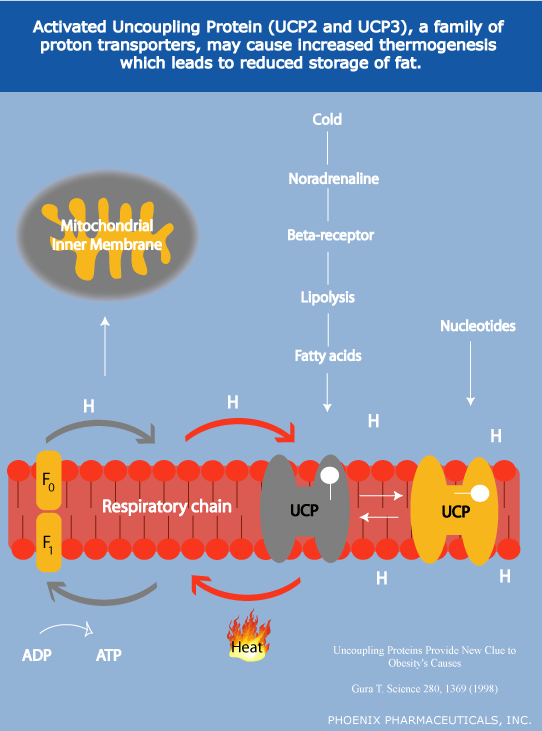BACKGROUND: UCP3 is a mitochondrial membrane transporter that is postulated to uncouple oxidative phosphorylation from ATP synthesis producing heat instead of ATP. Human UCP3 is mainly expressed in skeletal muscle, which plays an important role in energy homeostasis and substrate oxidation. Therefore, UCP3 is a good candidate gene for obesity.
MATERIALS AND METHODS: We analyzed, among 734 subjects from the Quebec Family Study, a new GA repeat microsatellite located in intervening sequence (IVS) 6 (GAIVS6) in UCP3 gene, and two already described restriction fragment length polymorphisms (RFLP) Y210Y(C-->T) and V102I(G-->A).Covariance analysis across genotypes for different adiposity, resting energy expenditure, and glucose metabolism variables was undertaken with age and sex, plus body fat and body mass for nonadiposity phenotypes, as covariates.
RESULTS: We found strong associations between GAIVS6 and body mass index (p = 0.0001), fat mass (p = 0.0005), percentage body fat (p = 0.0004), the sum of six skinfold thickness (p = 0.0001), and leptin level (p = 0.0001). Homozygote for the GAIVS6 240 bp alleles (15% frequency in QFS) showed higher adiposity than subjects with the GAIVS6 238 bp allele (70% in QFS). The exons, the 5' untranslated region= (UTR), and the exon-intron junctions of UCP3 gene from subjects homozygote for either GAIVS6 238 bp or 240 bp alleles were sequenced in search for mutations. Variants 5'UTR-55C-->T and Y210Y(C-->T) were detected, whereas IVS4-36C-->T wasuncovered, but no new exonic or splice junction mutation was observed. RFLP Y210Y(C-->T) was not associated to adiposity in QFS; V1021(G-->A) showed no variation.
CONCLUSION: Our results suggest that some alleles of UCP3 are involved in the etiology of human obesity. Association between uncoupling protein 3 gene and obesity-related phenotypes in the Quebec Family Study.

Social Network Confirmation